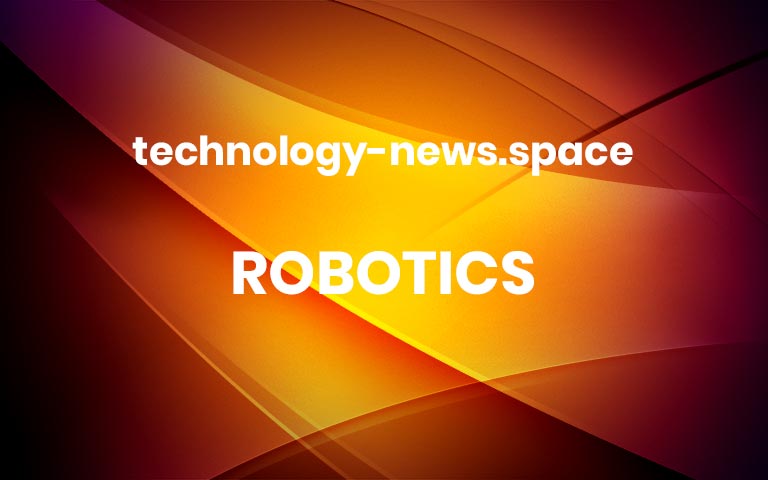Need to share your Wi-Fi password? Do it instantly with this simple phone trick
If you already have an iPhone or iPad with access to the Wi-Fi network, you can connect another iPhone or iPad. To do this, make sure both devices are near each other. On the new device, head to Settings, select Wi-Fi, and then tap the name of the network to which you want to connect.The device that already has access should get a prompt asking if you want to share the password. Tap the Share Password button to send it to the other device. The new device will receive the password and automatically use it to connect to the network.Also: How to clear your iPhone cache (and fix slow performance for good)This also works with a Mac. You can use a Mac that’s already connected to Wi-Fi and share the password with an iPhone, an iPad, or another Mac. Similarly, you can share a password from an iPhone or iPad with a Mac that needs access to the network.The main limitation here is that the owners of the two devices need to be in each other’s Contacts app. Also, this option won’t work if you want to share a password from an Apple device with an Android device, or vice versa. Thankfully, there is a fairly straightforward method available to cover these other scenarios. More


